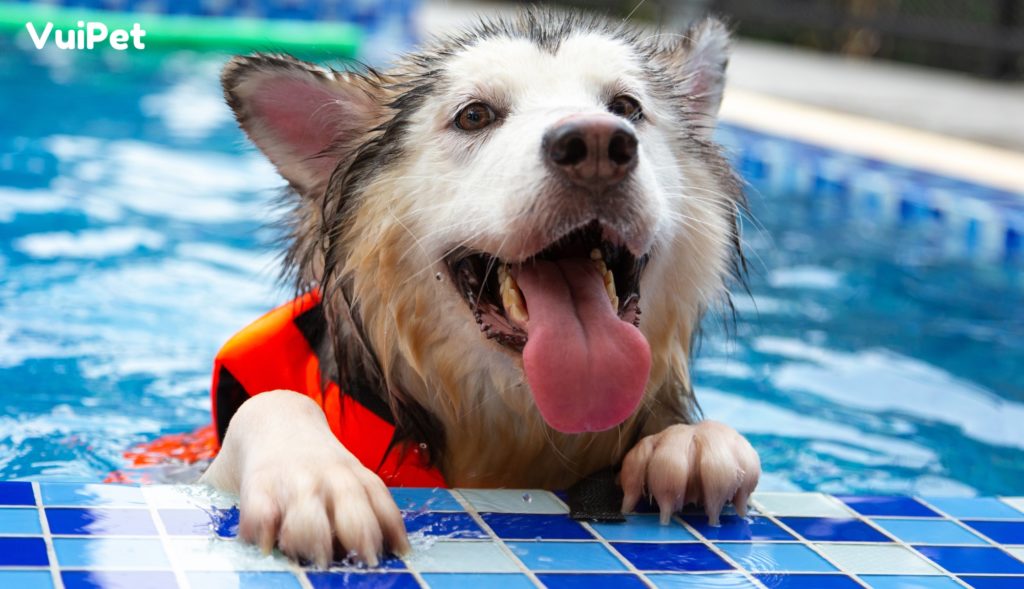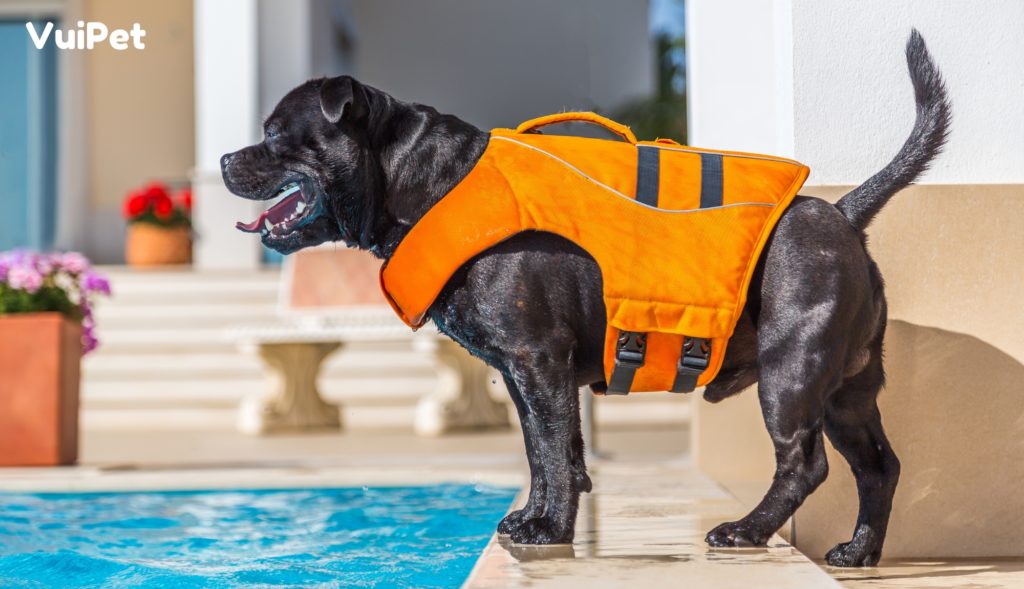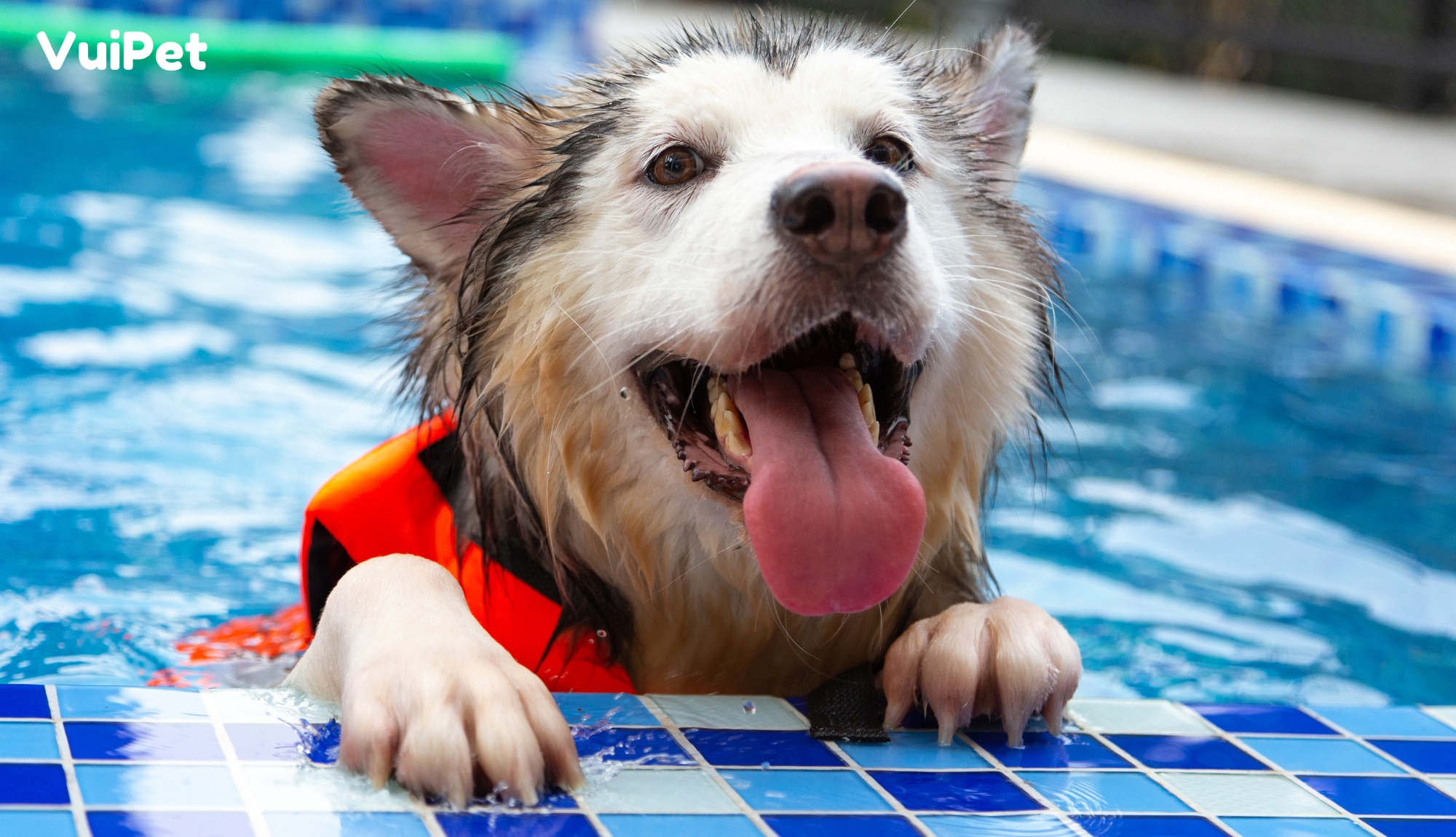Ah, the joy of dogs swimming! There’s nothing quite like seeing a pup play and splash around in the water. But, as any dog owner knows, swimming can also be a potential safety hazard if not properly addressed. With the right knowledge and precautions, you can ensure that your furry friend has a safe and fun time in the water. That’s why we’re here to share the top 5 important notes to keep in mind when letting your dog swim.

Know Your Dog’s Abilities and Breed Tendencies
Before letting your dog swim, it’s essential to know their breed’s abilities and tendencies in the water. Some breeds, such as Labrador Retrievers and Newfoundlands, are natural-born swimmers, while others, like bulldogs, may struggle due to their short snouts and respiratory issues. Consider your individual dog’s comfort level around water and supervise them closely to avoid any accidents.
Older or younger dogs may also need additional supervision, as they may tire more easily or be less confident in the water. Factoring in these considerations will help ensure your dog has a safe and enjoyable swimming experience.
Always Supervise Your Dog Near Water
Supervision is key when it comes to dog swimming safety. It’s crucial to be 100% focused on your dog whenever they are in or near water. This includes avoiding distractions like phones or other pets, as they can quickly become a dangerous situation. By keeping a close eye on your dog, you can prevent accidents like drowning or exhaustion, which can be fatal.
To prepare for emergencies, have flotation devices to hand and have basic first aid knowledge at the ready. While swimming accidents are rare, it’s always better to be safe than sorry.
Use Dog Life Jackets When Appropriate

While it’s crucial to supervise your dog, there may be situations where life jackets are necessary. Boats, beaches with strong waves, senior dogs, and puppies are all examples of when life vests can be useful. When selecting a life jacket, ensure it fits properly and is comfortable for your dog.
Product options range from vest to handles, with bright colors that can aid visibility. Be aware that some dogs may struggle with these vests, so a gradual introduction is recommended.
Clean and Check Your Dog Afterwards

After your dog has finished swimming, it’s important to clean them thoroughly to prevent skin issues. Remove any debris from ears and paws, as these can become infected if left behind. Check for signs of exhaustion or injuries, and monitor your dog’s health closely after swimming.
Be aware of potential health risks like “swimmer’s tail,” which can occur due to prolonged exposure to water. Proper drying and warming techniques are vital for your dog’s comfort and prevention of infections.
Monitor Your Dog’s Health
Keep an eye on your dog’s energy levels, appetite, and behavior after swimming. These can indicate respiratory infections or other health concerns. By monitoring your dog’s health closely, you can catch any potential issues early on and avoid them becoming more severe.
In conclusion
While letting your dog swim can be a great way to provide exercise and fun, it’s crucial to take proper precautions to keep them safe. Know your dog’s abilities and breed tendencies, always supervise their near water, use life vests appropriately, clean and check them after swimming, and monitor their health. With these tips in mind, you can safely enjoy quality time with your furry friend in the water. So go ahead, give your dog a splash, and keep them safe!
